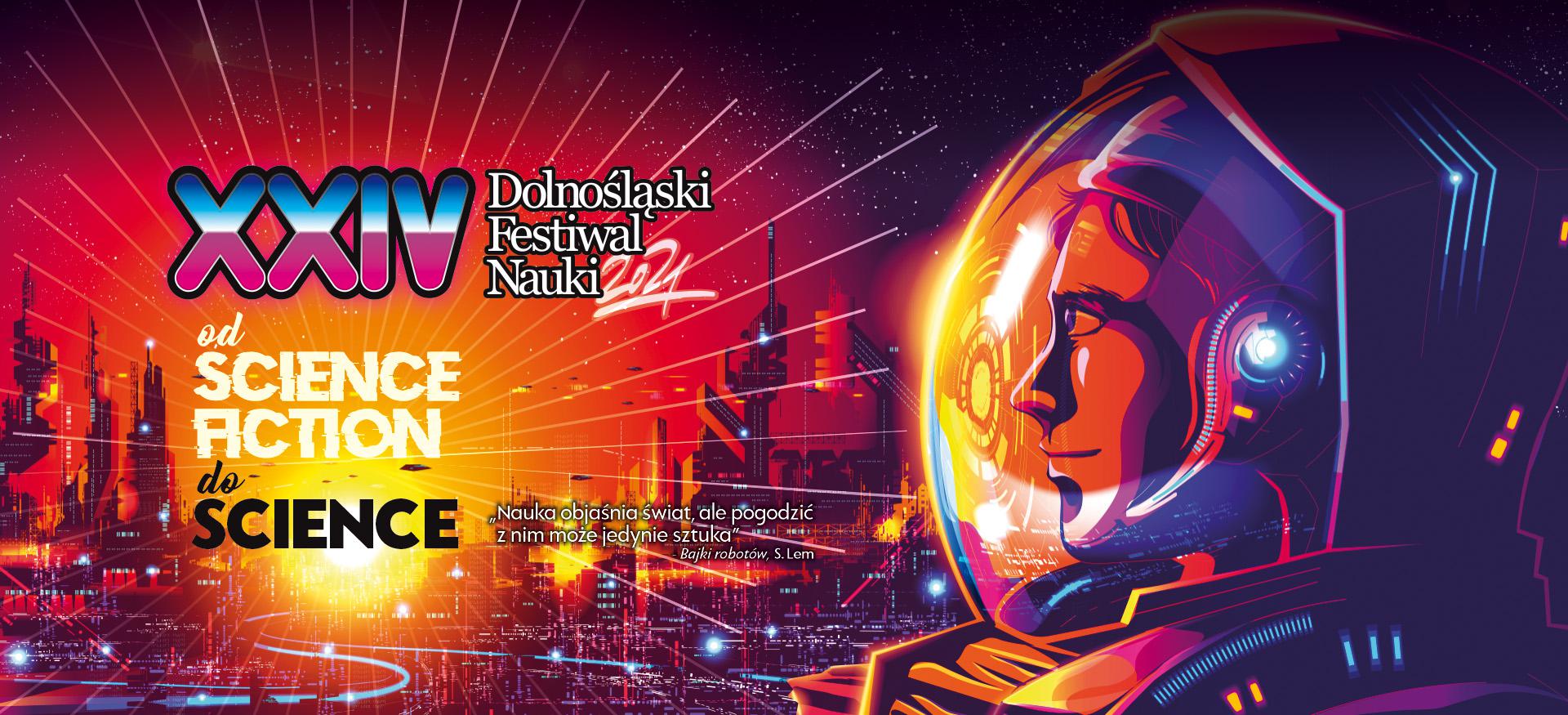AZON 2.0 zaprezentował swoje zasoby na XXIV Dolnośląskim Festiwalu Nauki
Jak wygląda cukier pod mikroskopem, jak wyglądały stanowiska archeologiczne Machu Picchu, czy jak zdjęciami z drona można oszacować populację Kotewki w Oławie pod Wrocławiem. To i wiele innych zasobów i sposobów ich przygotowania mogli zobaczyć uczestnicy prezentacji Atlasu Zasobów Otwartej Nauki 2.0 podczas XXIV Dolnośląskiego Festiwalu Nauki.

Uczestnicy spotkania mogli wziąć udział w dwóch wykładach. Pierwszy przygotowany przez pracowników Politechniki Wrocławskiej dotyczył najciekawszych zasobów zdeponowanych na platformie AZON i sposobów ich digitalizacji. Zobaczyliśmy niezwykłe zdjęcia mikroskopowe, animacje i fotografie 3D oraz posłuchaliśmy o sposobach ich przygotowania.
Drugi wykład, przygotowany przez Uniwersytet Przyrodniczy we Wrocławiu, dotyczył digitalizacji roślin i zbiorowisk roślinnych z wykorzystaniem fotografii mikroskopowej i nalotów niskiego pułapu. Uczestnicy mogli m.in. przekonać się, jak dzięki nowoczesnej technologii zdjęć lotniczych z wykorzystaniem 5 kamer z szerokim spektrum kolorów analizować możemy teren pod względem roślinności, wegetacji czy przyrostu konkretnych wręcz gatunków, jak wspomniana już Kotewka orzech wodny. Prezentacja spotkała się z ogromnym zainteresowaniem uczestników, dopytujących o szczegóły wykorzystywanych technologii.
Dolnośląski Festiwal Nauki w Roku Lema odbywał się pod hasłem Od Science fiction do Science. Hasło uzupełniał cytat z “Bajek robotów”: „Nauka objaśnia świat, ale pogodzić z nim może jedynie sztuka”.
Dolnośląski Festiwal Nauki jest imprezą popularnonaukową organizowaną co roku we wrześniu (edycja stacjonarna) i październiku (sesje wyjazdowe w Legnicy, Zgorzelcu, Lubinie, Dzierżoniowie, Głogowie, Jeleniej Górze, Wałbrzychu, Ząbkowicach Śląskich oraz Bystrzycy Kłodzkiej) przez wyższe uczelnie Wrocławia, instytuty Polskiej Akademii Nauk oraz środowiska pozauczelniane. Jest adresowany do wszystkich interesujących się nauką, kulturą, sztuką, ciekawymi zjawiskami otaczającego nas świata. Pierwsza edycja miała miejsce w 1998 r.
Projekt „Atlas Zasobów Otwartej Nauki 2.0” dofinansowany jest ze środków Unii Europejskiej i ma na celu zwiększenie dostępności, poprawę jakości i rozszerzenie możliwości ponownego wykorzystania zasobów nauki. Projekt jest realizowany przez Politechnikę Wrocławską (lidera) wraz z partnerami: Uniwersytetem Przyrodniczym we Wrocławiu, Uniwersytetem Medycznym we Wrocławiu oraz Instytutem Badań Systemowych PAN w Warszawie. Projekt koncentruje się na cyfrowym udostępnianiu zasobów mających duże znaczenie dla obszaru nauki i gospodarki. Wśród nich wymienić można publikacje, skrypty, wykłady, modele 3D, nagrania audio, wideo, zdjęcia, pliki wejściowe i wyjściowe różnych programów komputerowych, bazy danych gromadzące dane z różnych dziedzin, maszyn, systemów, korpusy językowe i wiele innych. Wszystkie zasoby dostępne są w sposób otwarty na platformie www.zasobynauki.pl.

 Polski
Polski
 English
English

